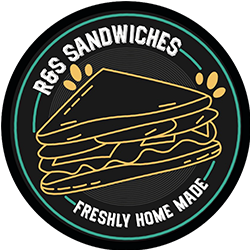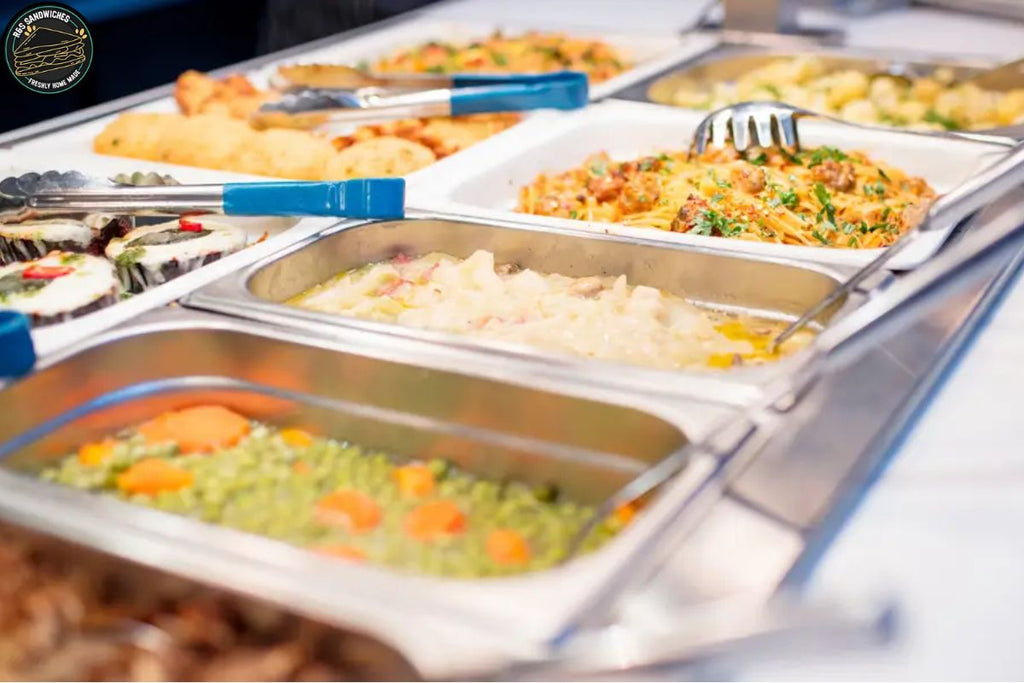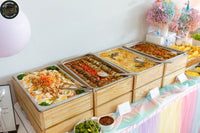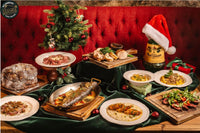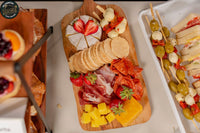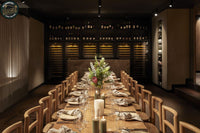Planning a catering menu is both an art and a science. Whether you’re organizing a corporate event, wedding, birthday party, or any special occasion, the catering menu can make or break the experience. The food you offer will not only satisfy your guests’ appetites but also create lasting memories. Therefore, following best practices in menu planning is essential for a successful event.
In this blog, we will walk you through the top tips to keep in mind when planning a catering menu that aligns with your event theme, budget, and guest preferences.
1. Understand the Event Type and Theme
Before you start planning the menu, it’s essential to understand the type of event you are catering for. Different events have unique requirements:
- Corporate Events: Guests often prefer light and easy-to-eat food that allows them to network. Sandwich platters, finger food, and grazing platters are often suitable.
- Weddings: This calls for a more sophisticated menu with a balance of appetizers, mains, and desserts.
- Birthdays and Casual Gatherings: You can opt for a fun and vibrant menu, which might include BBQ, street food, or themed food stations.
Understanding the event’s theme will also help in deciding how the menu should be designed. If you’re hosting a beach-themed wedding, for instance, seafood could be a central focus.
Contact us for top quality corporate catering: Corporate Catering in Melbourne
2. Consider the Dietary Preferences and Restrictions
Catering to various dietary preferences and restrictions is crucial in modern events. More guests are becoming health-conscious or following specific diets for medical or ethical reasons. To avoid alienating any guest, ensure your menu offers:
- Vegetarian and Vegan Options: Dishes like vegetable wraps, salads, or plant-based proteins can appeal to vegetarian and vegan guests.
- Gluten-Free Choices: Include gluten-free bread or pasta, especially for people with celiac disease or gluten intolerance.
- Nut-Free and Allergy-Friendly Dishes: Be transparent about any common allergens in your dishes, such as nuts, dairy, or shellfish.
- Low-Fat or Low-Sugar Items: For those following specific diets, it’s good to have healthy alternatives, like fruit platters or grilled proteins.
Offering a variety of food choices makes everyone feel included and satisfied.
3. Balance Flavors: Sweet, Savory, and Everything In-Between
A well-rounded catering menu offers a balance of flavors. Incorporate a mix of sweet, savory, salty, and even umami flavors to provide a complete culinary experience:
- Appetizers: Start with savory bites like mini quiches, bruschettas, or sliders to whet the appetite.
- Main Course: Offer choices that balance flavors—such as a hearty protein with a light vegetable side.
- Desserts: A mix of rich desserts (like chocolate mousse) and lighter options (like fruit tarts or sorbets) will keep guests happy after the meal.
Also, remember to cater to different flavor preferences across your guest list by providing both bold and mild-flavored options.
4. Seasonality and Freshness
Using seasonal ingredients is a smart strategy when planning your catering menu. Seasonal produce not only tastes better but is also more cost-effective and environmentally friendly.
For example:
- Summer Events: Consider light salads, grilled vegetables, fresh fruits, and cold desserts like ice cream or sorbet.
- Winter Events: Opt for hearty dishes such as soups, stews, roasted meats, and warm desserts like apple pie or bread pudding.
By focusing on seasonal ingredients, you ensure that the menu feels fresh, timely, and delicious.
5. Presentation Matters
Food presentation plays a significant role in how guests perceive the overall dining experience. Make sure the food not only tastes good but also looks appealing:
- Buffet Style: Organize the food in an attractive layout, with colorful dishes placed strategically. Use garnishes to elevate the presentation.
- Plated Service: Arrange each dish meticulously, making sure each element on the plate is well-balanced in terms of portion and visual appeal.
- Food Stations: If you have live stations (e.g., a taco bar or sushi station), ensure they are clean, well-lit, and staffed by knowledgeable servers.
Great presentation can elevate even the simplest dishes and leave a lasting impression on your guests.
6. Portion Control and Food Quantity
One of the key challenges in catering is ensuring that there is enough food for everyone without excessive waste. You should consider the following:
- Event Duration: Longer events may require more food or snacks to keep guests satisfied throughout.
- Type of Meal: A sit-down dinner typically requires more food per guest than a cocktail party with finger food.
- Appetite of Guests: Consider the guest demographic. For instance, a corporate luncheon might require smaller portions, while a family reunion may need heartier servings.
Always have a buffer of extra servings, especially for main dishes, just in case some guests go for seconds.
7. Beverage Pairing
Don’t forget about drinks! The beverages you choose should complement the food and the overall mood of the event. For instance:
- Corporate Events: Non-alcoholic beverages like infused water, soda, and juice should be available, along with coffee and tea.
- Weddings or Celebratory Events: Offer a selection of wine, cocktails, and non-alcoholic beverages. You can also add themed drinks to match the event.
- Casual Gatherings: Provide a variety of drink options, including sodas, beers, and signature cocktails if appropriate.
Having a balanced selection of beverages ensures that every guest has something they enjoy.
8. Budget Considerations
Budgeting is one of the most critical aspects of menu planning. It’s essential to strike a balance between offering quality food and staying within your financial limits.
- Prioritize Key Dishes: Focus your budget on key items such as the main course or signature appetizers.
- Opt for Seasonal Ingredients: As mentioned earlier, choosing seasonal ingredients can reduce costs while ensuring freshness.
- Discuss Options with the Caterer: A good caterer will be able to offer recommendations on how to meet your goals while staying within budget.
Ensure you get quotes from multiple caterers to compare options, and don’t hesitate to negotiate for better deals.
9. Choose the Right Caterer
Finally, the success of your menu depends on choosing the right catering company. A professional caterer will help guide you through the process of creating a menu that matches your event’s needs while also ensuring excellent execution.
Look for these qualities in a caterer:
- Experience: An experienced caterer will be better equipped to handle a variety of events and challenges.
- Flexibility: Choose a caterer that is willing to accommodate special requests, dietary restrictions, and last-minute changes.
- Reputation: Check online reviews, testimonials, and ask for references to ensure the caterer has a proven track record of delivering quality service.
Conclusion
Creating a catering menu that delights your guests and aligns with your event’s theme, budget, and preferences is essential to the success of any occasion. By following these best practices—understanding the event type, considering dietary restrictions, balancing flavors, and focusing on presentation—you can ensure that the catering is a hit. Don't forget to budget wisely and choose the right caterer for your needs.
If you’re looking for the best catering services in Melbourne, look no further than R&S Sandwiches. With their wide range of customizable menus, including breakfast, lunch, canapés, and finger foods, they’ll make sure your event is unforgettable. Let R&S Sandwiches take care of your catering needs, so you can focus on enjoying the moment.
